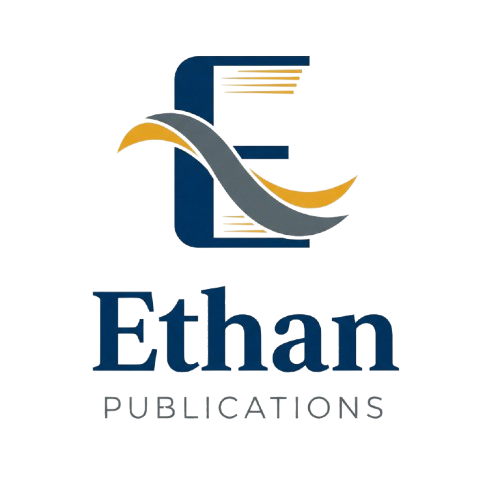THERAPEUTIC ROLE OF CURRY LEAF (MURRAYA KOENIGII) EXTRACTS ON LIPID METABOLISM IN WISTAR RATS
Authors: Ogechukwu Ifeanyi Okafor
DOI: 10.5281/zenodo.17380072
Published: October 2025
Abstract
<p><em>The aim of this research project is to evaluate the effect of Murayya koenigii leaves on dyslipidemia Wistar rat. Thirty Six (36) male rats were randomly divided into six groups of six (6) animals each. High Fat Fructose Diet (HFFD) composed of high fructose (10% fructose) added in drinking water bottle and high fat (butter (vanaspati ghee): coconut oil in ratio of 3:1) mixed with an egg yolk in dough of animal food diet. was fed per oral (p.o) to all rats from Groups I, II, IV, V and VI except Group III throughout the period of 14 weeks. Group III rats received normal diet and water ad libitum only. Group I, II, IV and V were treated respectively with Aqueous Extract of Murayya koenigii Leave (AEMK) (200 mg/kg/day, p. o), Methanolic Extract of Murayya koenigii Leave (MEMK) (200 mg/kg/day, p. o), Metformin (MET) (50 mg/kg/day, p. o) and Atorvastatin (ATO) (10 mg/kg/day, p. o). On the last day of experimental study, blood was collected by retro-orbital puncture method. Blood Sugar Level (BSL) and lipid profile were assessed. Results showed elevated levels of Total Cholesterol (TC), Triglycerides, Low Density Lipoprotein-Cholesterol (LDL-C), Very Low Density Lipoprotein-Cholesterol (VLDL-C) and diminished level of High Density Lipoprotein-Cholesterol (HDL-C) were observed in group VI. Murayya koenigii leaves extract exhibited significant hypolipidemic effect on serum Total Cholesterol (TC) and Low Density Lipoprotein-Cholesterol (LDL-C) in rats owing to its hypocholesterolemic properties. Atherogenic Index of Plasma (AIP) was highly significant in both of Aqueous Extract of Murayya koenigii Leave (AEMK) and Methanolic Extract of Murayya koenigii Leave (MEMK) extracts. Results of the present study have suggested that the antihyperlipidemic activity of Murayya koenigii leaves leading to decrease in serum lipid parameters mainly Total Cholesterol (TC), Low Density Lipoprotein-Cholesterol (LDL-C) along with atherogenic risk might be due to its presence of bioactive compounds</em></p>
Full Text
No full text available
Cite this Article
References
- No references available.
